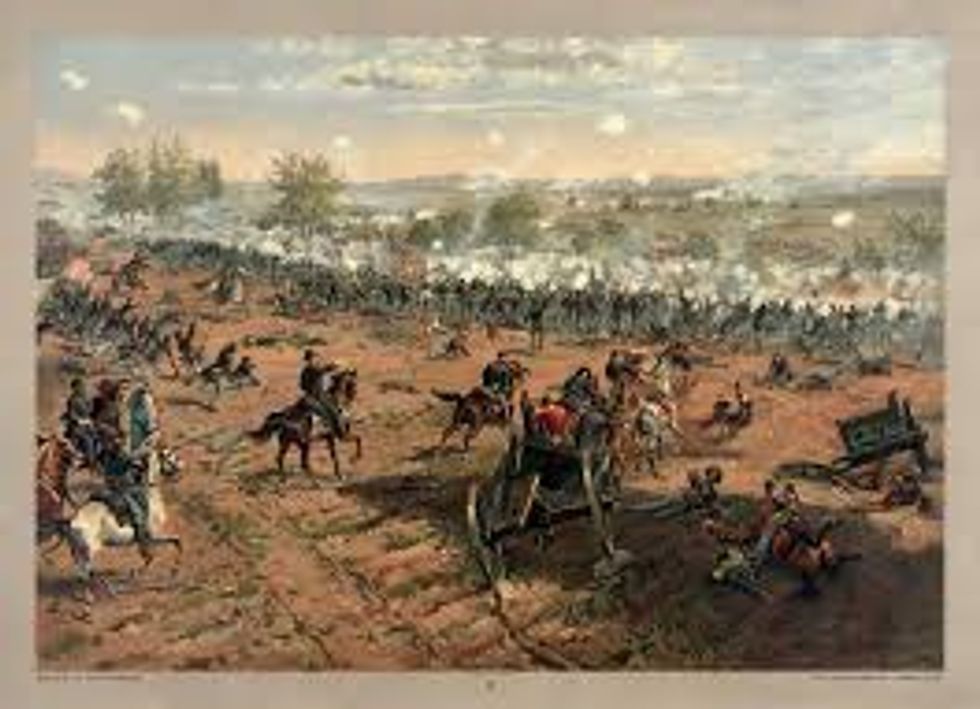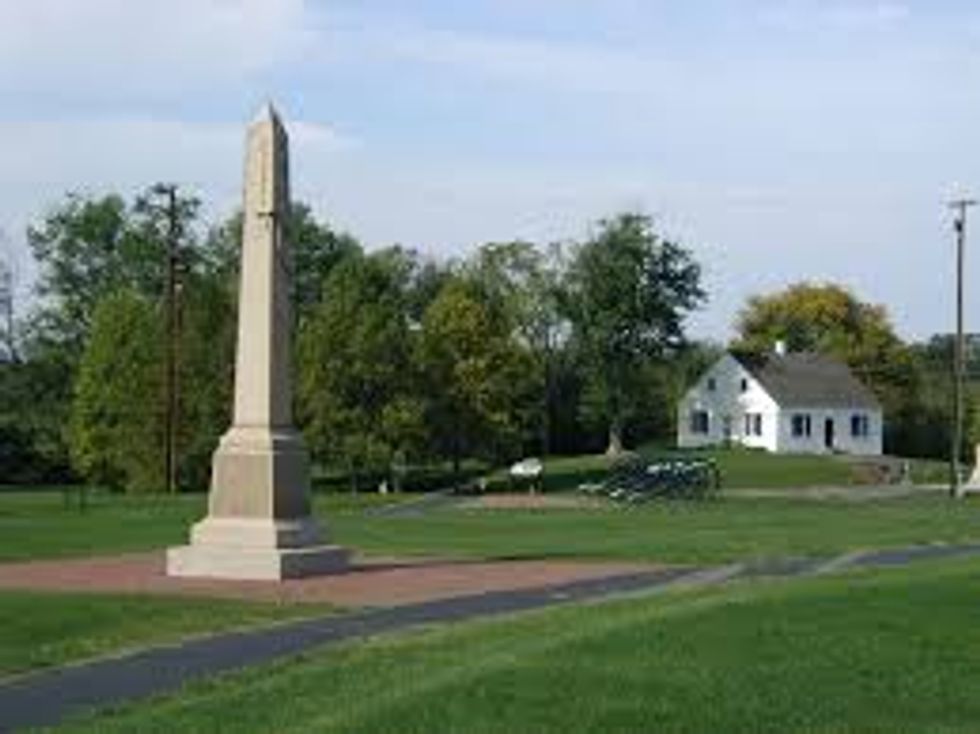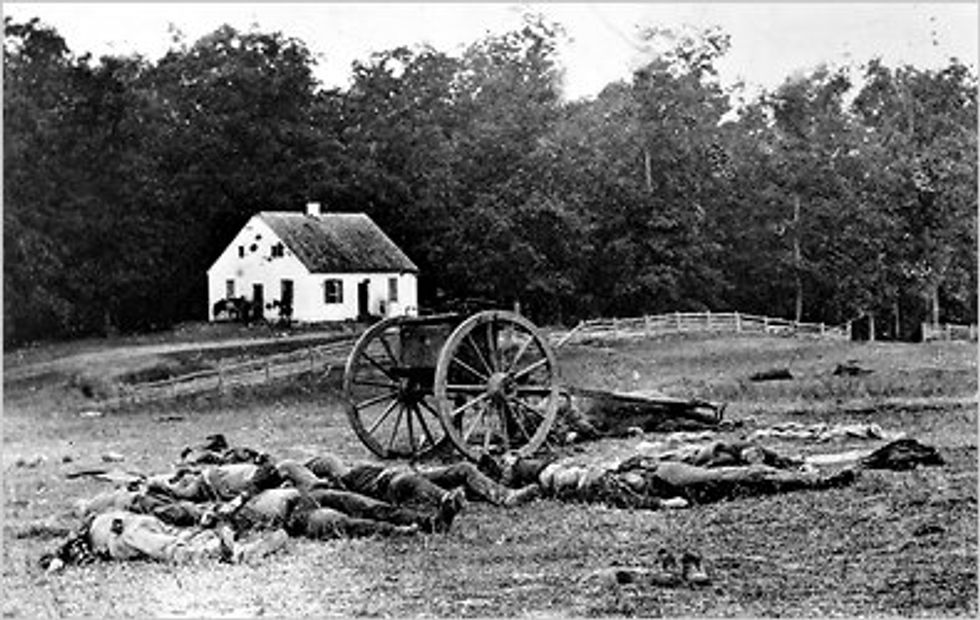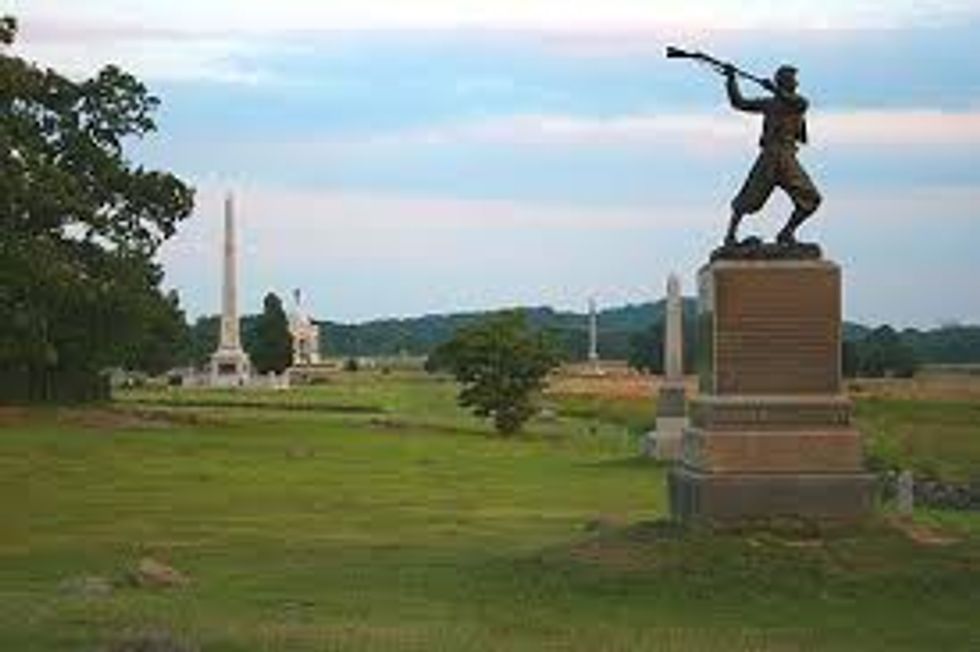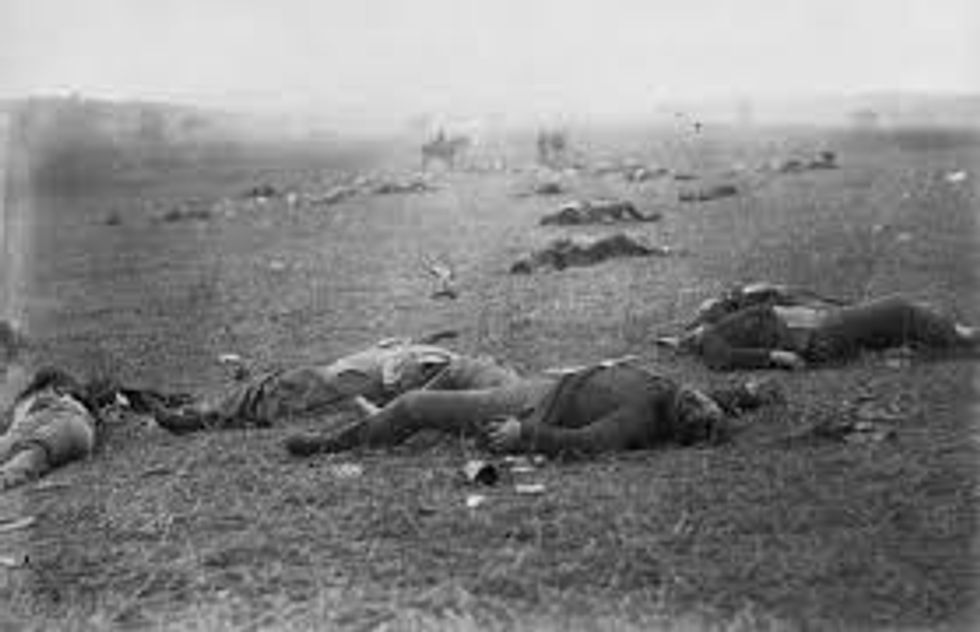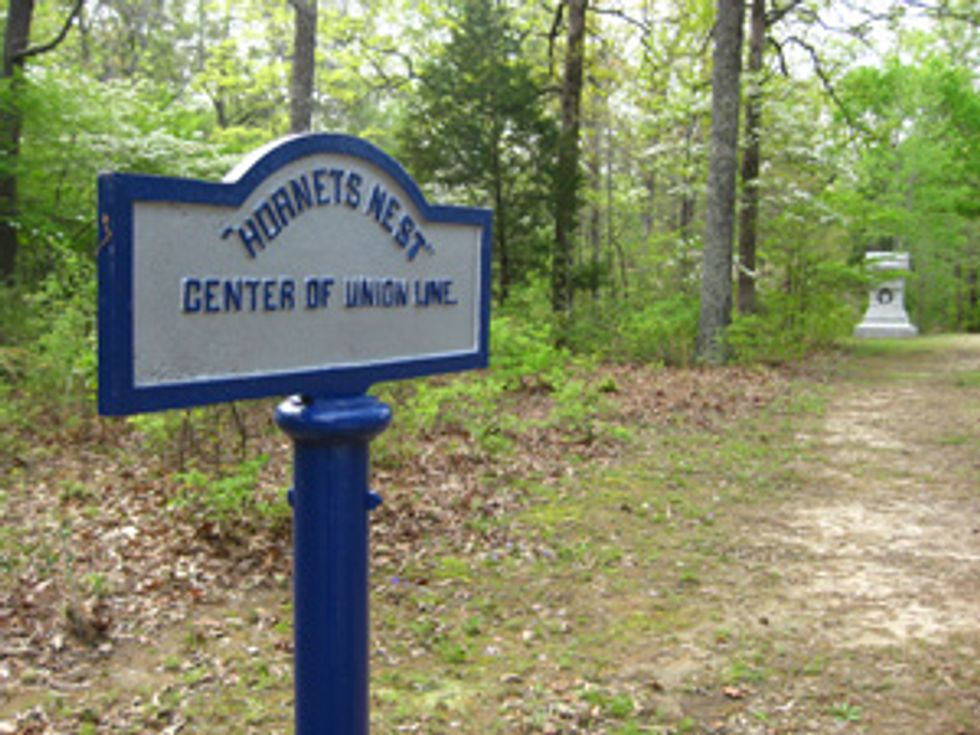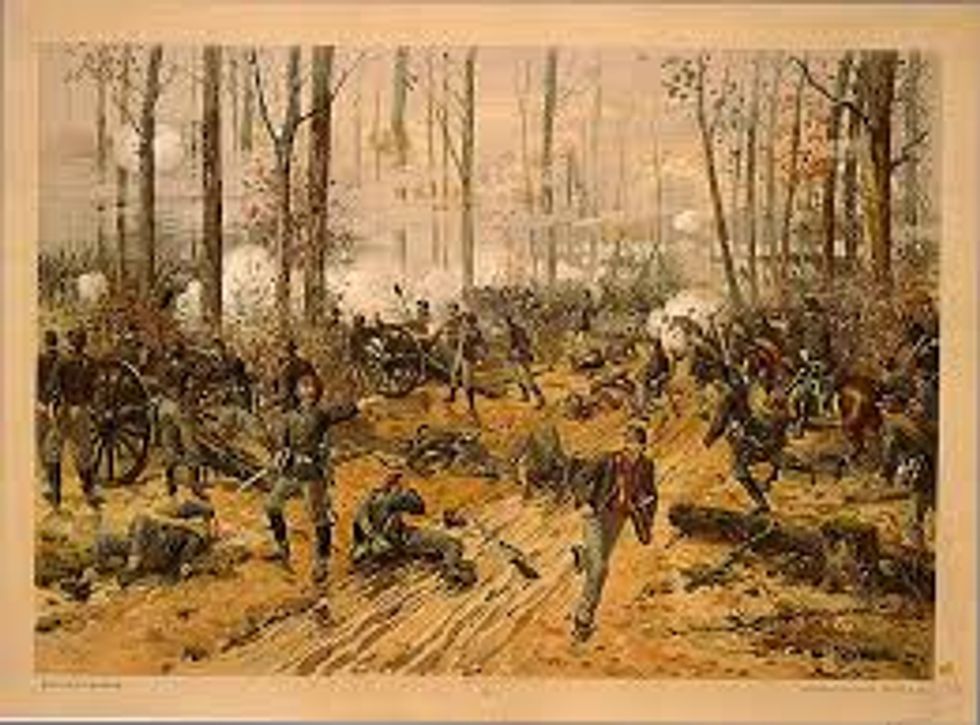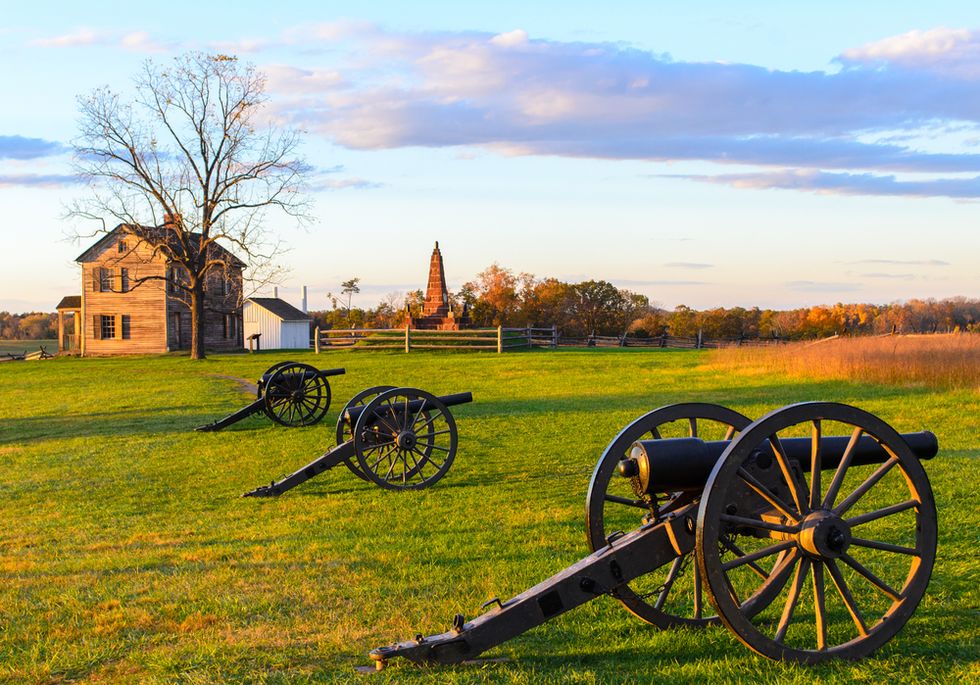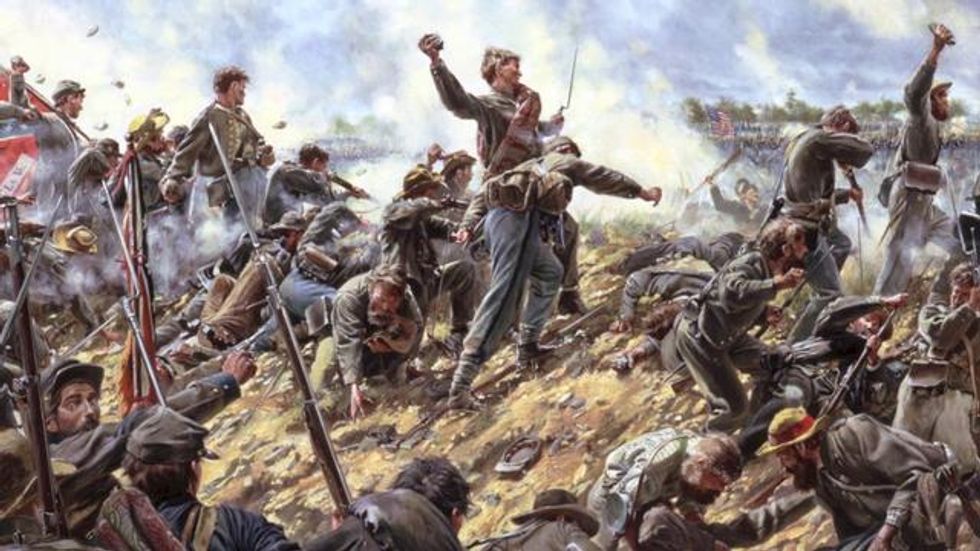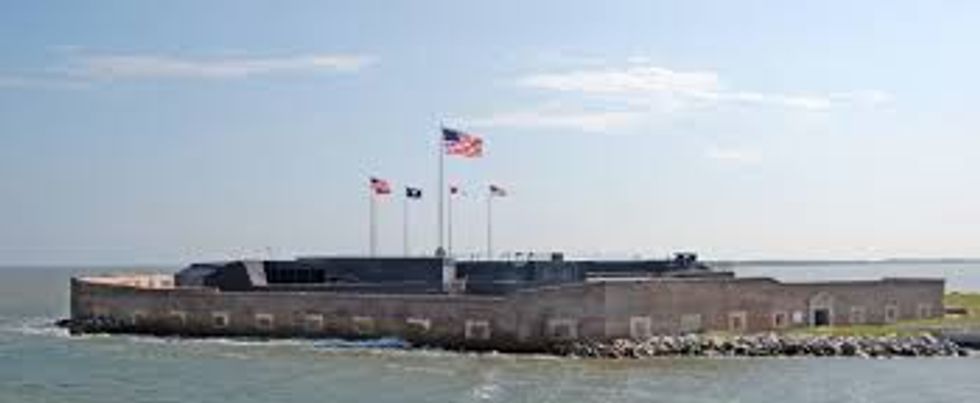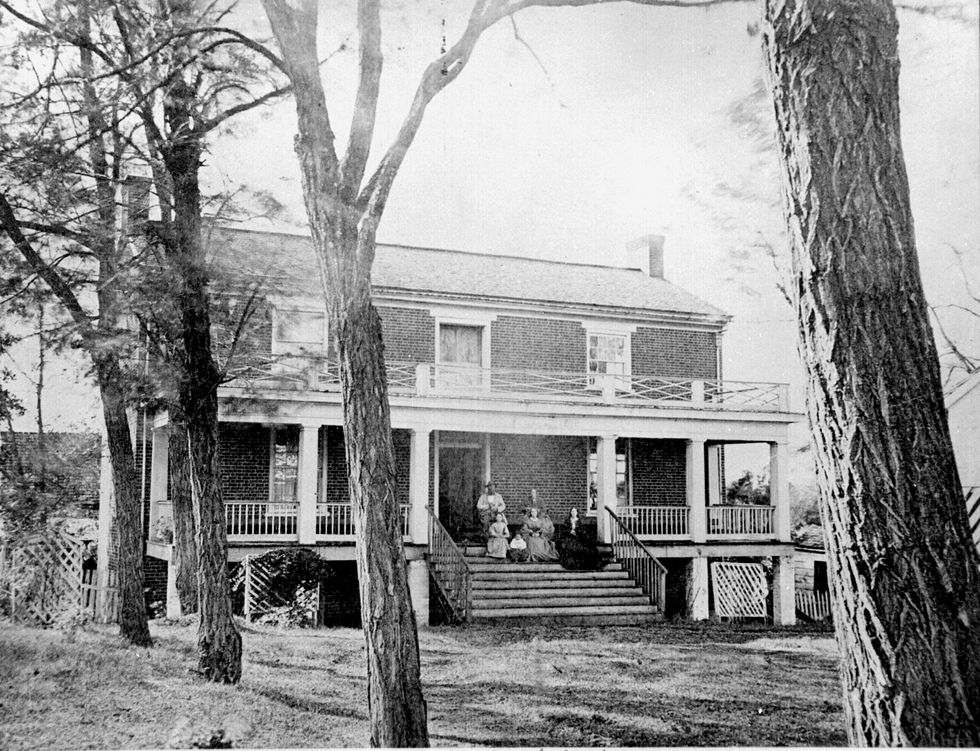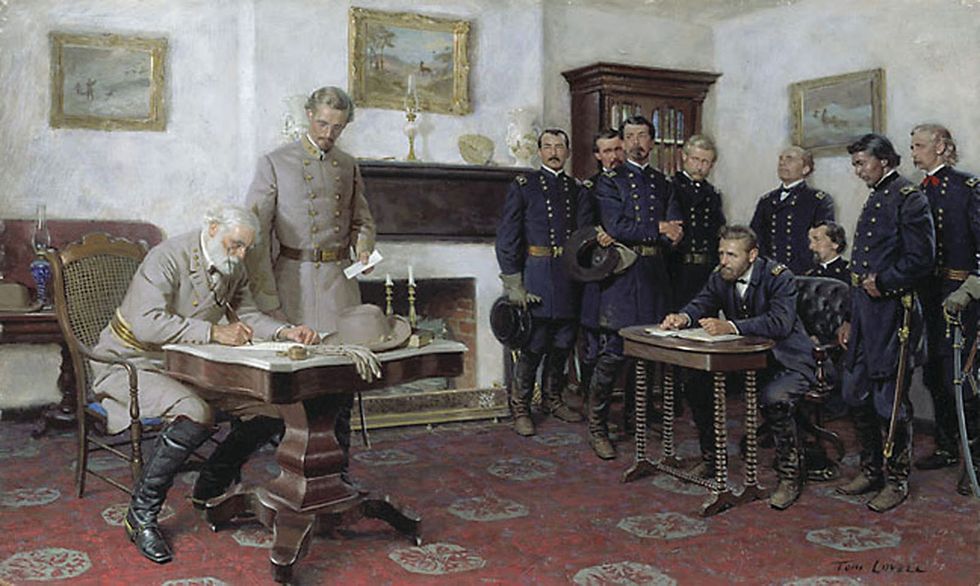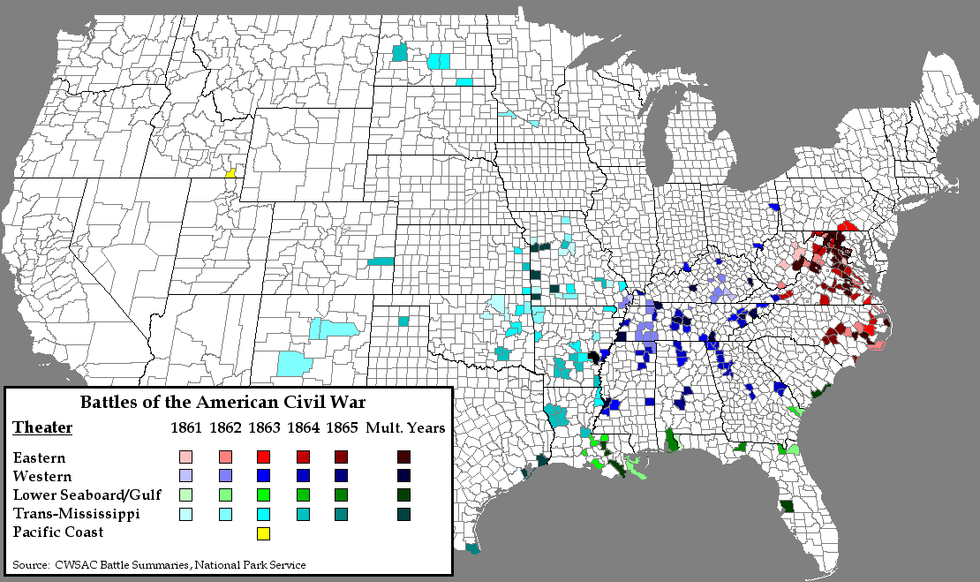Antietam
The battle of Antietam was fought on September 17, 1862, and was the culmination of Robert E. Lee's first invasion of the North. Although the battle was considered a draw, the Union forces under George McClellan claimed it was a victory, because it ended Lee's invasion. Abraham Lincoln considered the battle to be the victory he needed before he delivered the Emancipation Proclamation. September 17, 1862 is also the bloodiest single day in American history. In total, the Union and Confederate forces suffered 22,717 casualties. Antietam can arguably be considered the most significant battle during the Civil War. Today, the battlefield is one of the most preserved of all the Civil War battlefields. The field looks similar to it's appearance in 1862.
Gettysburg
Fought July 1 through July 3, 1863, Gettysburg is the bloodiest battle in American history with an estimated of 51,000 total casualties. The battle ended Lee's second and final invasion of the North and is considered to be the turning point of the Civil War. Four months after the battle, Abraham Lincoln would dedicate the national cemetery there with his famous Gettysburg Address. The battlefield is the most visited and most famous of the Civil War. The Pulitzer Prize-winning book "Killer Angels" and its movie adaptation "Gettysburg" depicts the three-day battle.
Shiloh
The battle of Shiloh was fought on April 6 and 7, 1862. The Confederate commander, Albert Sidney Johnston, sought to make a surprise attack on the Union forces under Ulysses S. Grant at Pittsburgh Landing. The first day, the Union army was driven back and Johnston was killed (the highest-ranking Confederate general killed in the war). Reinforced on the night of the April 6, Grant was able to counterattack and defeat the Confederates on April 7. The two armies suffered a total of 23,746 casualties, making it the bloodiest battle up until that time. Similar to Antietam, Shiloh is one of the most preserved Civil War battlefields, maintaining its 1862 appearance.
First and Second Manassas
The Manassas National Battlefield allows you to visit two battles that took place a year apart. First Manassas occurred on July 21, 1861. The battle was the first major battle of the Civil War. Many believed that a quick battle at Manassas would end the war. It ended in a Confederate victory, but both sides realized the war was going to be much longer and costlier than anyone had originally believed. The battle was also where Thomas J. Jackson earned his nickname "Stonewall." Second Manassas was fought a year later, on August 28 through August 30, 1862. The armies in the battle had twice as many men and suffered five times as many casualties than at First Manassas. The battle would also result in a Confederate victory. Lee would then use the momentum from his victory to invade the North. Manassas is one of three battlefields that witnessed two battles, the others being Gaines' Mill/Cold Harbor and Chancellorsville/Wilderness.
Fort Sumter
Fort Sumter in Charleston Harbor was the sight of the opening shots of the Civil War. On April 11, 1861, the Confederate forces under P.G.T. Beaureguard ordered the surrender of the Union garrison under Robert Anderson. When Anderson refused, the Confederates opened fire on the fort on the morning of April 12. On April 13, Anderson surrendered the fort to the Confederates. Miraculously, there were no casualties on either side. Fort Sumter was a bloodless beginning to the bloodiest war in American history.
Appomattox
Fort Sumter marked the beginning of the war, while Appomattox signaled the end of it. On April 9, 1865, Robert E. Lee surrendered the Army of Northern Virginia to Ulysses S. Grant's Army of the Potomac. Lee's surrender ultimately ended the Civil War. From the moment Lee surrendered to Grant, the former Confederacy sought to defend their actions during the Civil War, which still persists today.
All of the Rest!
The Civil War was fought in 10,000 places. Not all of these places witnessed major battles, but all are important to America's history. Next time you're driving and see a sign for a Civil War site or Civil War battlefield, stop by and learn about what happened there.

